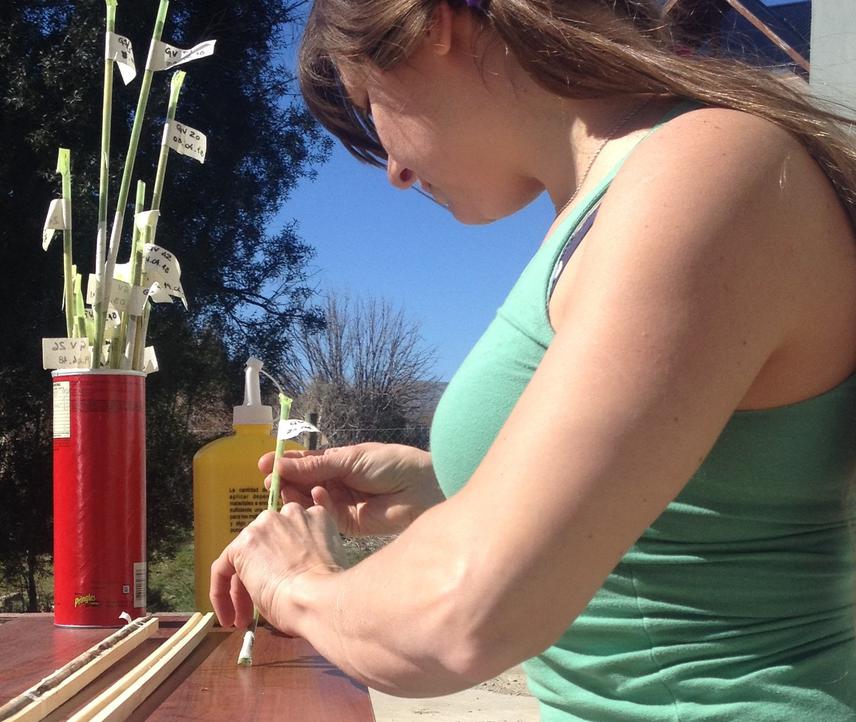Natalia Dudinszky
This project aims at assessing the role of fire history on the availability of tree-cavities for hollow-using wildlife of N. dombeyi forests (Patagonia, Argentina). Here, tree cavities are key habitat features for approximately half of the native birds (including excavator and secondary cavity nester species), and several rodents, and reptiles that use these structures for nesting, roosting or sheltering, many of them being obligate users. However, N. dombeyi forests are threatened by habitat fragmentation and loss, fire being one of the major threats and gaining importance due to climate change. Therefore we aim at determining how different attributes of fire (frequency, intensity and severity) influence the availability of cavity-users habitat as well as analysing its correlation with basic forest attributes. Our purpose is to develop indicators contributing to the development of fire management plans for biodiversity conservation, particularly regarding restoration and conservation of hollow-using native wildlife habitat.

Natalie mounting the core samples.
In Nothofagus dombeyi forests (Patagonia, Argentina) many native birds, mammals, and reptiles, rely on tree-cavities for roosting, nesting or sheltering. Therefore, ecological processes of hollow formation influence the diversity of these species. Preliminary field surveys suggest a possible role of fire as a factor that shapes tree-hollow availability in these forests. However, studies that relate fire history to key habitat features for fauna are still absent here. Natural cavities can be formed through time by a combination of the action of microorganisms and insects as well as injuries produced by branch losses and tree-falls or other physical agents such as fire. At tree level, fire can produce wounds and physiological stress which favour hollow formation processes; or at stand level it can reduce tree hollow availability if severe enough to consume the existing forest stand.
Our null hypothesis is that the most important factor in tree cavity formation is time. In that case we would expect to find more cavities in old trees from mature stands with low incidence of fire. The alternative hypothesis is that the availability of tree-cavities is enhanced by fire damage on individual trees. In this other case we would expect to find more cavities in stands that suffered fires of intermediate frequency and magnitude, than in very mature stands (with long absence of fire), or very young stands (produced by frequent and very severe fires)
To assess the relation between fire history and tree cavity availability, stands of intermediate and mature ages of N. dombeyi will be sampled. Plots of 0.5 hectares will be randomly chosen and living trees will be selected and cored to the medulla at approximately 20 cm from the ground level. Wood cores will be analyzed using dendroecological techniques to determine the age structure of the stands and to calculate time since fire. Fire severity will be calculated by counting number of survivors of the lasts fires. Number, shape, location and other characteristics of tree-cavities will be recorded. Site attributes (altitude, slope, exposition, distance to water bodies, etc.) and stand attributes (canopy structure, stand size) will be measured. Crown shape and mortality, DBH and signs of wood damage will be registered for individual trees. Analyses of the correlation between variables will be used to develop indicators useful for forest fire management. Tree cavities found in this project will be monitored for occupancy and use within a broader project.